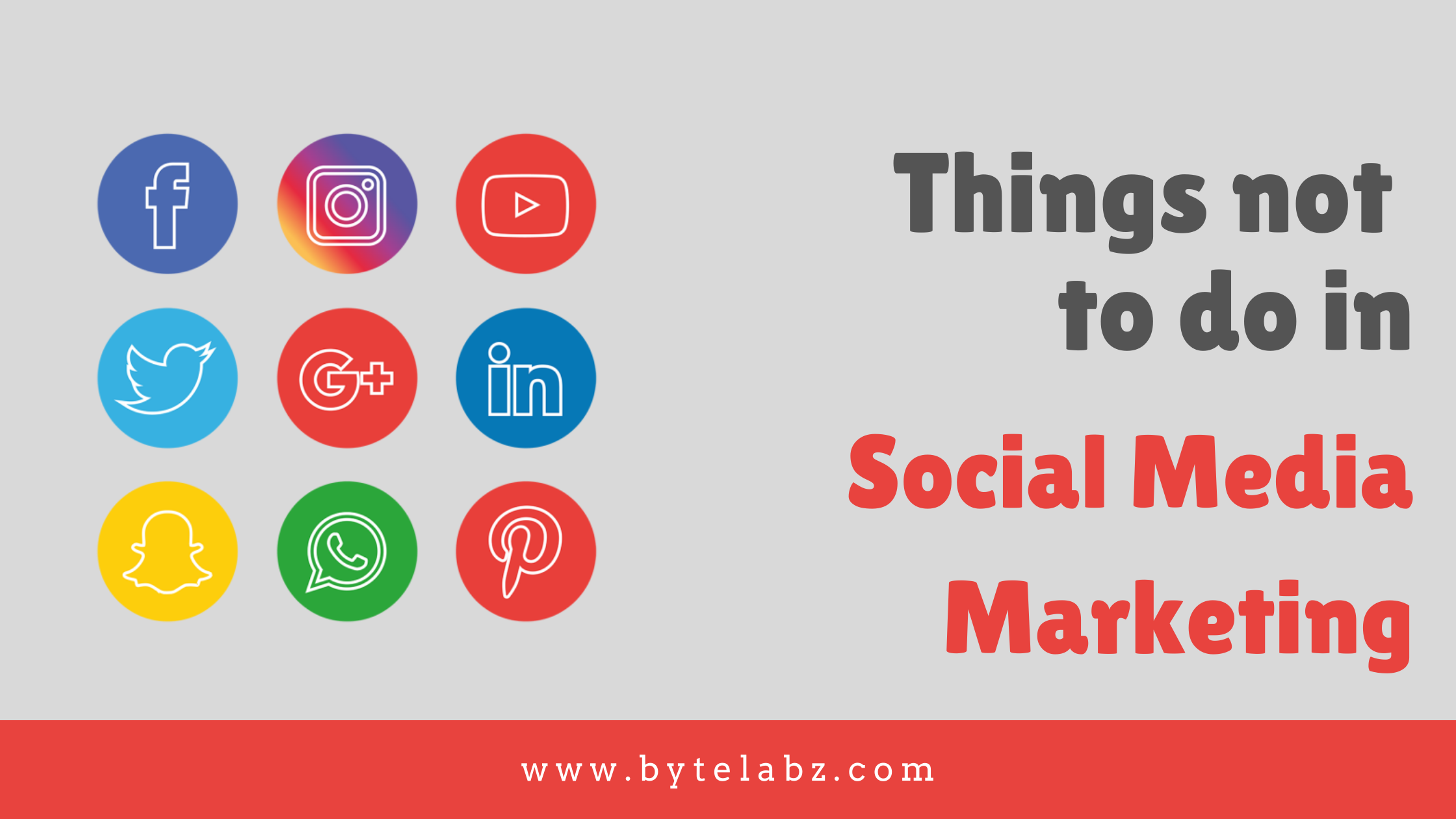With the rise of social networks, it is no surprise that spending on social media marketing has continued to grow every year. Social media marketing is an aspect of digital marketing that has grown in leaps and bounds over the last few years. More business entities are waking up to the benefits of having a strong presence in the circles where more than 70% of the world’s internet users are present most of the time.
As per the statistics, in the period between 2016 and 2020, the spending jumped by nearly 100%. Social media allows brands to create stronger relationships with their target audience, ensure better customer service, and increase brand-consumer engagement. It is also one of the best platforms to use when you need to spread the word about new products and services or promotions and more.
Do you want to get started with your social media marketing? You need to know what is right and what isn’t for achieving the best results as we get them covered in this article.
Do’s in Social Media Marketing

- Finding the Relevant Networks.
- Use Content that Works on the Platform.
- Plan well in advance before posting.
- Stay Consistent to Your Brand Message.
- Create New Relationships.
- Entertain and Inform.
- Use Visuals as Much as Possible.
- Give Credit to Content Owners.
- Stay Positive.
Don’ts in Social Media Marketing

Poor Language Skills
If you create content with lots of poor grammatical errors and spelling you are harming the credibility of your brand. If you don’t trust your language skills its better to hire an editor to proofread your content before they go public.
Similarly, avoid habits that are generally frowned at on social media such as posting in CAPITAL letters or using profanities.
Begging for Likes, Followers, Retweets, etc.
This is a low-quality strategy that is popular among small business owners. If you project your brand as needy, it calls into question your professionalism. You can organically earn followers or shares by offering value and staying authentic. If you need to generate some traction over a short period, you can consider using techniques such as organizing competitions or giveaways with interesting prizes to be won in the end.
Spamming
If you join social media groups with the sole aim of posting promotional content about your business, this is spamming. It will earn you a block in many cases and will paint your brand in a negative light. In the same vein, targeting followers that are not your ideal audience just for the sake of growing your audience is counter-productive as you will end up with thousands of followers that won’t care about your content.
Oversharing
For a business social media profile, you need to work out the right number of times to post content each day. If you share a lot of content, your followers will gradually begin to mentally tune-off your content. If you share too little, you may be forgotten. Balance is important. You can aim for 5-7 tweets per day and 1-2 posts on Instagram and Facebook. If your business is such that frequent updates are part and parcel of your mode of operation, then this doesn’t apply. Your audience will expect regular content naturally.
Hashtag Wars
This is a behavior that is common on Instagram. Hashtags are useful to make posts discoverable. When you turn every post into a hashtag soup, however, you are ruining the user experience for your audience as they will find it difficult to read your content. This approach also means you are wasting hashtag real estate that could have gone to keywords that will make your brand more discoverable.
A good tip for posting hashtags on Instagram is to put them well away from your captions, or in the first comment position. The post will still come up in relevant searches.
Deceit
More than 60% of cases of customer-brand disputes on social media is a result of dishonesty on the part of the brand. Don’t lie about your products and services. You will be found out sooner or later and you may never recover from the impact of the confrontation. Many people that tried this have had to close down their social media profiles and websites to start all over again.
Sharing Content without Due Diligence
Before sharing that bit of statistics with your followers better find out if it is true. Social media today, is awash with fake news, propaganda and intentional misinformation. You don’t want to be caught as a brand that cannot distinguish between real and fake content. Always verify the authenticity of any claims.
Being overconfident
If you are a genius that knows everything, keep it to your personal social profiles. Arrogance, condescension, and underhanded-compliments do not have any place on your business social media profiles.
In a nutshell
Social media platforms offer marketers the opportunity to connect with existing customers while cultivating new relationships with prospects. However, you need to do things correctly. The social media community is highly perceptive and will not hesitate to block or black-list your brand if you dabble into bad practices. Stay authentic and use social media as another platform that can drive you closer to your objectives.


